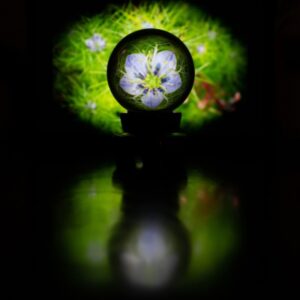
Modern Paperweights: Contemporary Designs and Trends in 2023
The world of paperweights, rooted in centuries-old traditions, is experiencing a renaissance in the contemporary era. As we step into 2023, these once purely utilitarian
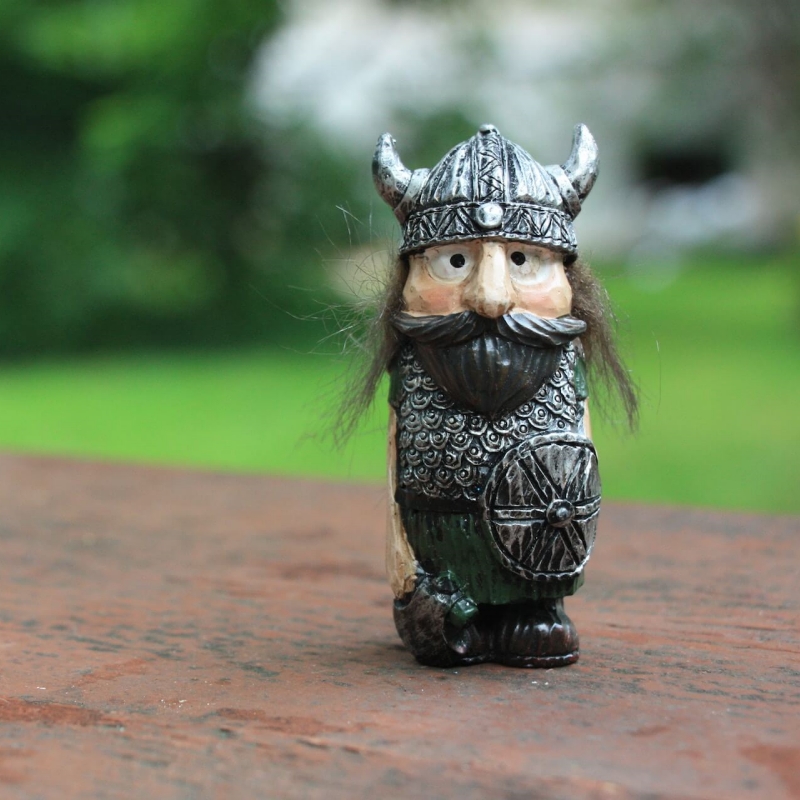
At first glance, a paperweight might seem like a straightforward object—its primary function being to hold down papers.
However, a closer look reveals a world of diversity in terms of materials, craftsmanship, and aesthetic appeal. The choice between crystal, glass, or metal isn’t merely about appearance; it’s a decision that impacts the weight, clarity, and intricacy of designs.
Each material tells a different story, reflecting the artistry and innovation of its creators.
In this exploration, we’ll dive deep into the characteristics of these materials, understanding their origins, processing methods, and the reasons behind their enduring popularity in the world of paperweights.
Prepare to be enlightened as we journey through the tactile and visual wonders of these classic desk companions.

Simple Stone Paperweights trace a journey from functional beginnings to intricate developments, showcasing the timeless allure of stone in anchoring our documents and decor.
The earliest paperweights were made from basic stone in the early 19th century. Smooth river rocks provided just enough heft to hold down stacks of paperwork on desks. While these primitive stone paperweights got the job done functionally, they lacked any decorative appeal. Still, the availability and affordability of stone made it a sensible choice for early commercial paperweights.
Stone paperweights gradually improved in design. Flat-bottomed bases replaced uneven natural shapes for better paper gripping ability. Polished and decorative stones like agates, petrified wood, and marble offered a more aesthetic appeal. Carving designs and applying paint were other techniques used to enhance plain stone weights.
Though largely supplanted by the glass, the stone continues to be used in contemporary paperweights. Modern stone paperweights capture natural beauty in materials like tiger’s eye quartz or malachite for unique accent pieces. The organic imperfections make each stone’s weight a unique work of art.
Stone allows paperweight makers to harness raw natural splendor in a minimalist way. The earthy textures and colors create an organic counterpoint to the geometric precision of glass and crystal paperweights.
Bronze & Iron Paperweights embody strength and durability, merging the age-old allure of metal with the timeless task of keeping our papers firmly in place.
Bronze and iron were two of the earliest metals employed for paperweights. Their high density provided ample heft to anchor papers firmly in place against gusts of wind or accidental nudges.
Intricate metalworking techniques allowed decorative elements like filigree, patterns, coats of arms, and inscriptions to adorn paperweight tops. This transformed drab metal disks into intricate works of art.
While prone to tarnishing, bronze and iron paperweights brought sturdiness along with ornamental qualities. This made them favored desk accessories for bankers, attorneys, businessmen, and scholars from the 1820s through the early 1900s. The metals conveyed a sense of prestige and professionalism.
Silver and gold Paperweights elevate every day, blending the opulence of precious metals with the practicality of anchoring our cherished documents.
Affluent Victorians adored precious metal paperweights made of silver and gold. Beyond just securing paper, these shiny desk ornaments denoted wealth and status.
Ornately engraved sterling silver weights were common in upper-class homes and posh offices. Chasing, repoussé, and other metalworking methods created baroque decoration on silver weights. Applied cut gems provided bursts of color to accent the warm luster.
Gold paperweights set with gemstones and crystals represented the apex of luxury. French designer Peter Carl Fabergé became renowned for his lavish jeweled gold paperweights, which were commissioned by Russian royalty in the late 1800s. These dazzling objects d’art continue to be highly valued by museums and collectors.
The beautiful yet functional gold and silver weights provided useful heft while also conspicuously displaying their owners’ prosperity. Their radiance endures as symbols of decorative opulence.

Glass Paperweights Come of Age charts the evolution from early hand-blown simplicity to refined patterns, where artistry and function beautifully intertwine.
While glass was initially more expensive than stone, innovations in glassmaking brought down costs by the early 19th century. Hand-blown glass paperweights were initially made using a labor-intensive process requiring great skill on the part of glassblowers.
Most early glass paperweights consisted of a clear solid glass dome over colored glass bits or paper scraps bonded to a glass base. While primitive, these brightly-hued weights added cheer to workspaces with their candy-like appearance. The transparency of the glass also allowed light to interact with the colored accents inside.
The early hand-blown method imparted fluid artistic touches into the glass form, with subtle variations from weight to weight. This lent each piece a unique handmade quality.
As glassmaking methods improved, more refined glass paperweights emerged. Intricate lampwork and millefiori paperweights with delicate floral motifs came into vogue around the 1840s and ruled until 1890.
Instead of crudely fused scraps, finely wrought glass canes and rods were precisely arranged and sealed to render patterns under domed glass exteriors. Well-established glass firms like Baccarat in France, Edinburgh Crystal in Scotland and Waterford Crystal in Ireland became renowned for their skillfully executed glass paperweights.
The complex millefiori weights demonstrated masterful artistry and technical skill. Their infinite variations in pattern and color turned paperweights into collectible art objects. Each weight told a unique story through the imagery inside.
By the 20th century, fine glass paperweights were being produced purely as works of art. Master craftsmen like Paul Ysart created one-of-a-kind molded and lampworked sculptures encased in glass to admire rather than use.
Contemporary glass artists have taken paperweights to new creative heights, using novel techniques like torchwork and pâte de verre to realize innovative designs. These art paperweights command premium pricing at galleries and auctions, cherished as much for their beauty as their history.
The Allure of Crystal Paperweights captivates with its brilliant optical properties, marrying heirloom-quality craftsmanship to timeless elegance.
Crystal glass represents one of the pinnacles of paperweight materials thanks to its combination of beauty and optical performance. The high lead content and purity yields exceptional clarity, reflectivity, and ability to refract light. This allows crystal paperweights to almost glow when illuminated.
The renowned French crystal manufacturer Baccarat pioneered full-lead crystal paperweights in the mid-19th century. Their works, still made today, exhibit brilliance and warmth unmatched by regular glass. Other storied crystal houses like Waterford also produce high-quality crystal paperweights that capture and bend light exquisitely.
The optic purity of crystal creates almost magical visual effects within the weights, from prismatic rainbows to a swirling cosmos contained within. These mystifying qualities make crystal weights perpetually enchanting.
While relatively costly due to slow manufacturing, fine crystal has an allure all its own. Crystal’s sparkling clarity, hardness, and scratch resistance give it heirloom longevity. This makes crystal paperweights like those from Baccarat or Swarovski prized possessions passed between generations.
For paperweights where aesthetics and endurance matter above all, crystal remains in a class of its own. Its combination of beauty and virtue makes it a favored material for both art paperweights and high-end desk sets.
Crystal paperweights possess a timeless, enduring beauty matched by a few other materials. Like precious gems, they are meant to be cherished for life and admired through the ages.

The choice of core material has profoundly shaped paperweight’s development over history, from crude stone implements to glittering crystal art. While glass has dominated, stone, metal, and crystal each imbue the weights with their own distinctive characteristics.
Next time you admire a paperweight, consider how the physical properties and origins of its constituent material speak to the essence of the object. Whether crystal, glass, stone, or metal, the material selection represents an integral part of the paperweight’s appeal and story.
As technology evolves, perhaps new materials will emerge for paperweight construction. But the classic materials will endure as pillars of paperweight craftsmanship. Their legacy is bound to the history of the paperweight itself.
Each material lends its own aesthetic qualities and personalities. But common to them all is a sense of substance and longevity that makes the paperweight more than just a functional tool. These deceptively simple objects contain worlds within, and their materials make those worlds vividly real across the centuries.


The world of paperweights, rooted in centuries-old traditions, is experiencing a renaissance in the contemporary era. As we step into 2023, these once purely utilitarian
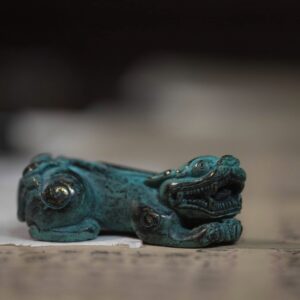
Embarking on the journey of collecting paperweights is akin to entering a world filled with history, artistry, and a touch of magic. These seemingly simple
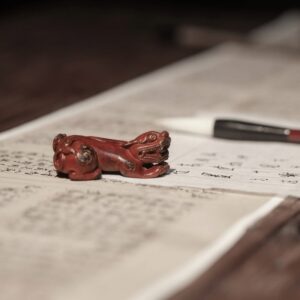
The world of paperweights is as diverse as it is enchanting, with each piece bearing the mark of a craftsman’s touch and vision. But beyond

In the realm of everyday objects, few have undergone as intriguing a transformation as the humble paperweight. Originating as a simple tool to prevent paper

The world of paperweights, rooted in centuries-old traditions, is experiencing a renaissance in the contemporary era. As we step into 2023, these once purely utilitarian
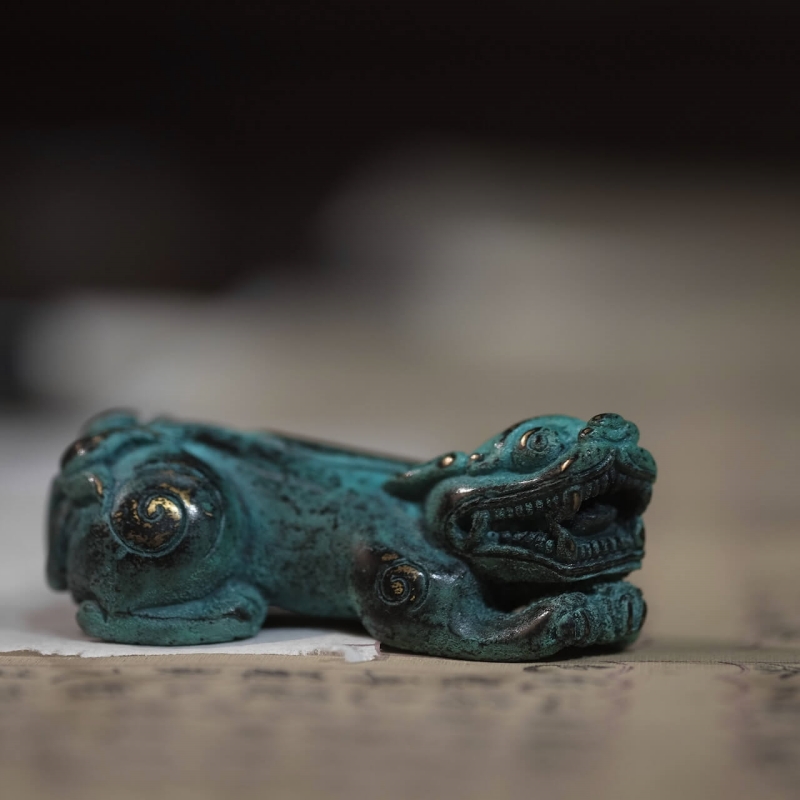
Embarking on the journey of collecting paperweights is akin to entering a world filled with history, artistry, and a touch of magic. These seemingly simple
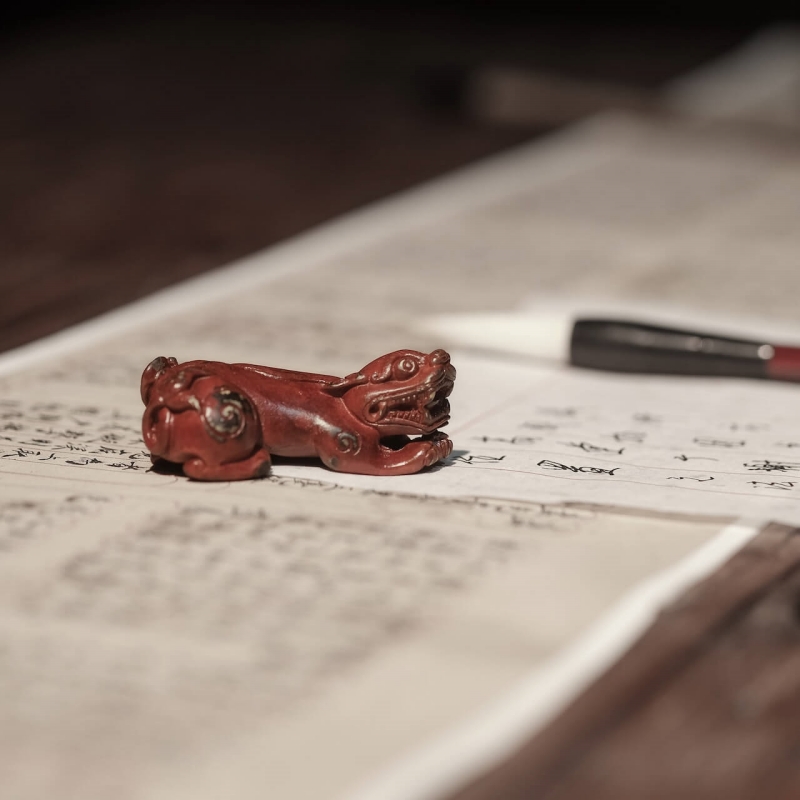
The world of paperweights is as diverse as it is enchanting, with each piece bearing the mark of a craftsman’s touch and vision. But beyond

At first glance, a paperweight might seem like a straightforward object—its primary function being to hold down papers. However, a closer look reveals a world
Copyright © 2024 crystalcalmpaperweights. All Rights Reserved.